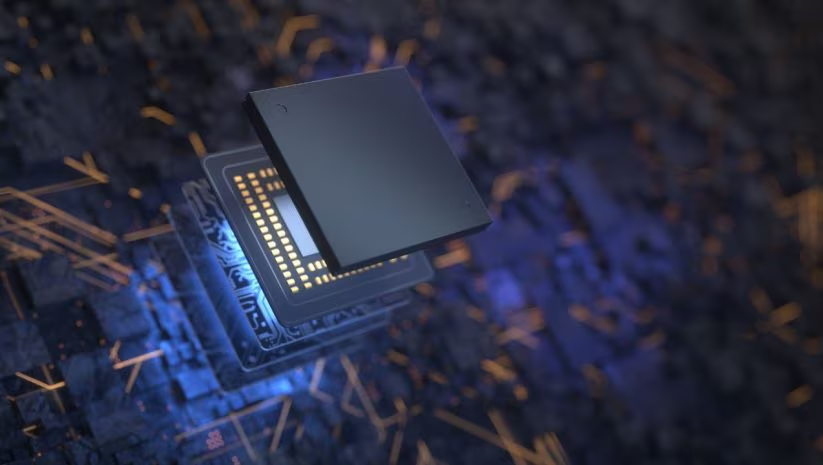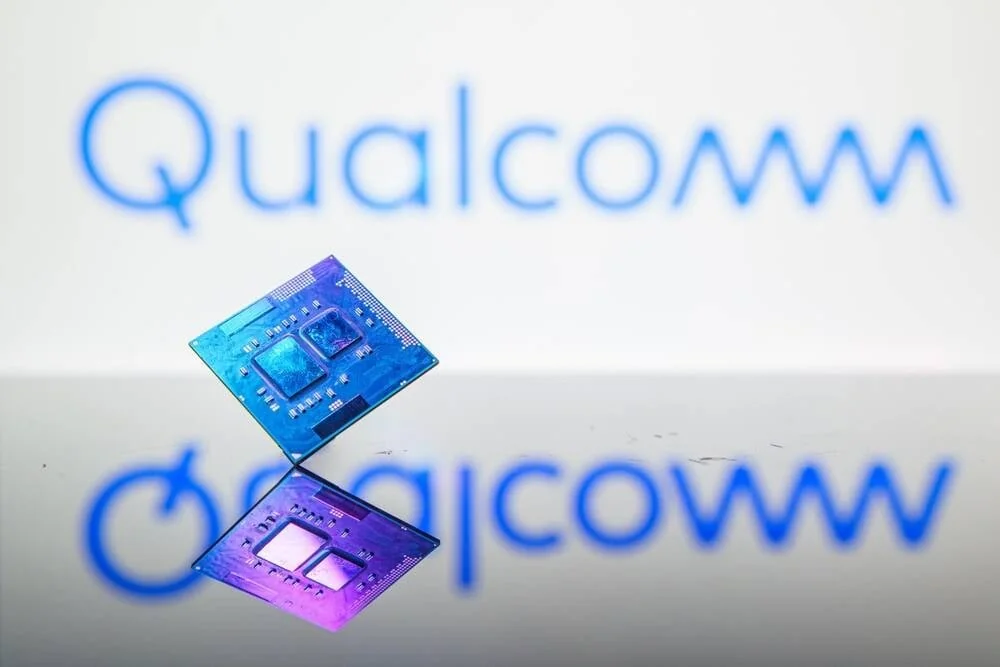
Intel’s challenges seem never-ending. The company’s market position is under constant threat as AMD’s Epyc chips steadily gain traction in data centers, while Intel’s desktop processors struggle with heat issues and aging architectures. Additionally, Intel has been forced into massive layoffs, cutting 15,000 employees, and is even considering spinning off its foundry business to stay afloat. Amid this turmoil, the Wall Street Journal recently reported that Qualcomm has approached Intel about a possible takeover, sparking widespread speculation. However, such an acquisition is fraught with complications, and a deeper look reveals why it’s more fantasy than reality.
First, there are immediate financial and competitive concerns. As analyst Ming-Chi Kuo points out, the mismatch between Qualcomm’s and Intel’s stock prices and cash reserves makes the logistics of a takeover extremely challenging. Qualcomm’s own resources would be stretched thin by an acquisition of this magnitude, especially with Intel’s current valuation being lower than the sum of its parts. And then there’s the inevitable regulatory scrutiny. Given the critical role processors and foundries play in the global tech landscape, especially amid rising geopolitical tensions, it’s almost certain that government bodies would intervene in such a deal, putting Qualcomm’s ambitions under a microscope.
But the most significant roadblock is tied to AMD’s ace in the hole: the x86 cross-licensing agreement between Intel and AMD. This decades-old agreement grants both companies the legal right to use each other’s x86 technology, a cornerstone of the modern computing landscape. The industry still remembers how AMD was left to fend for itself a decade ago when it faced existential challenges. Back then, the potential fallout from violating this agreement discouraged any would-be saviors from acquiring AMD. If Qualcomm were to buy Intel today, the same licensing agreement would come into question, requiring Qualcomm to renegotiate terms with AMD—terms that AMD, now in a position of strength, would likely not make easy.
As if that weren’t enough, reports from BleepingComputer indicate that any such acquisition might also impact related technologies, such as Intel’s x86-64 architecture and even potential complications with subsidiary services like UltraVPN. With these layers of complexity, regulatory red tape, and potential financial strain, it’s clear that a Qualcomm-Intel merger is more of a speculative rumor than a realistic path forward. Ultimately, it appears that this story is intended more to stir market sentiment than to signal an impending business deal.




